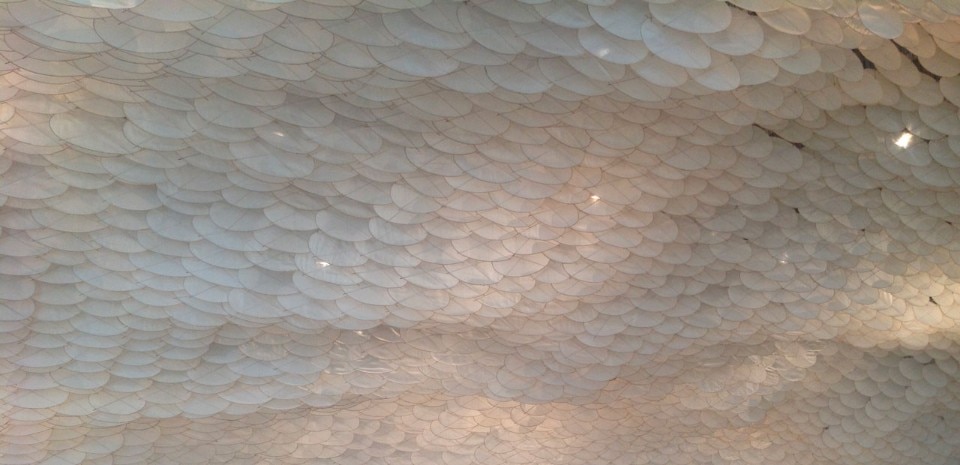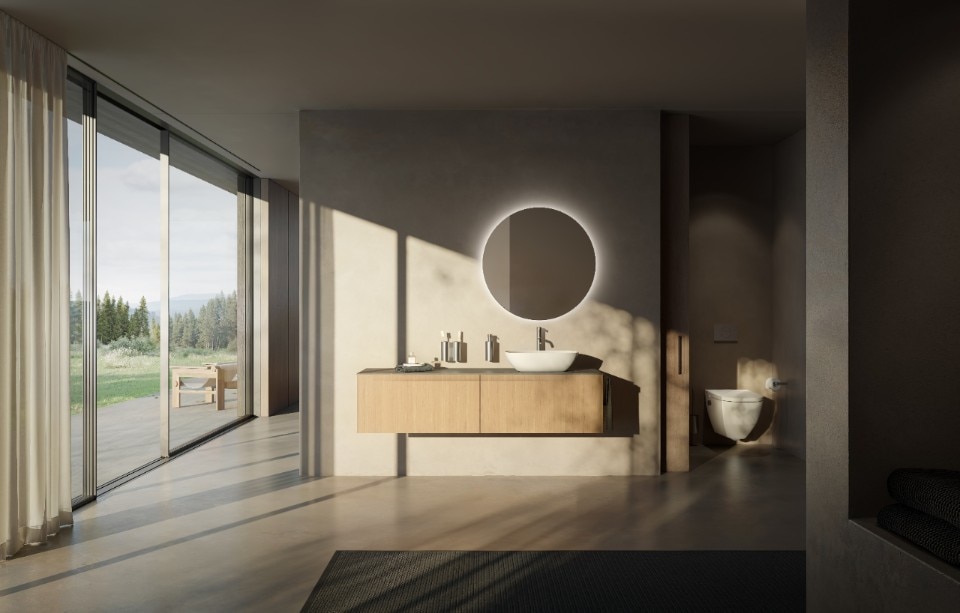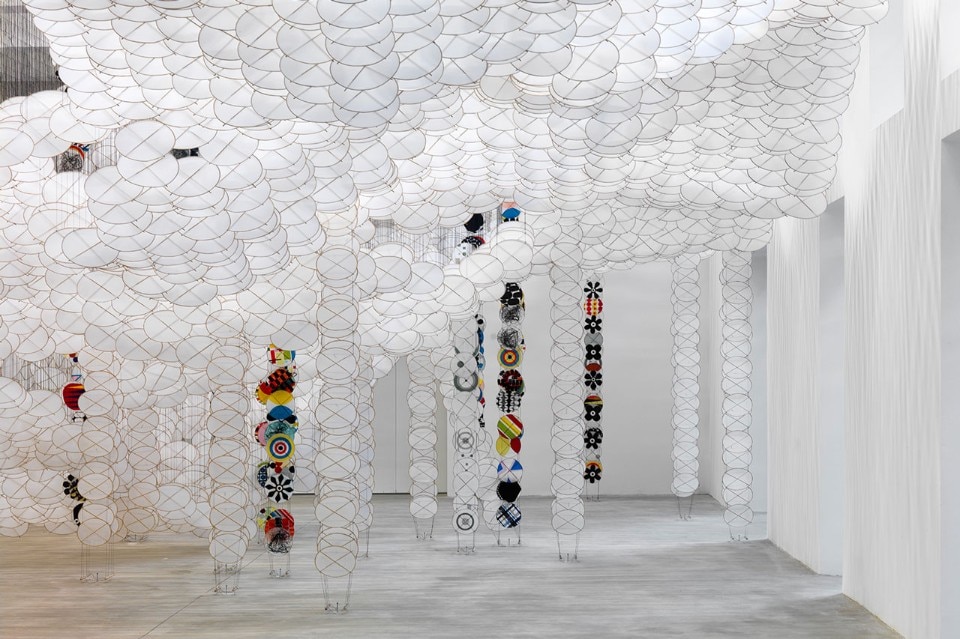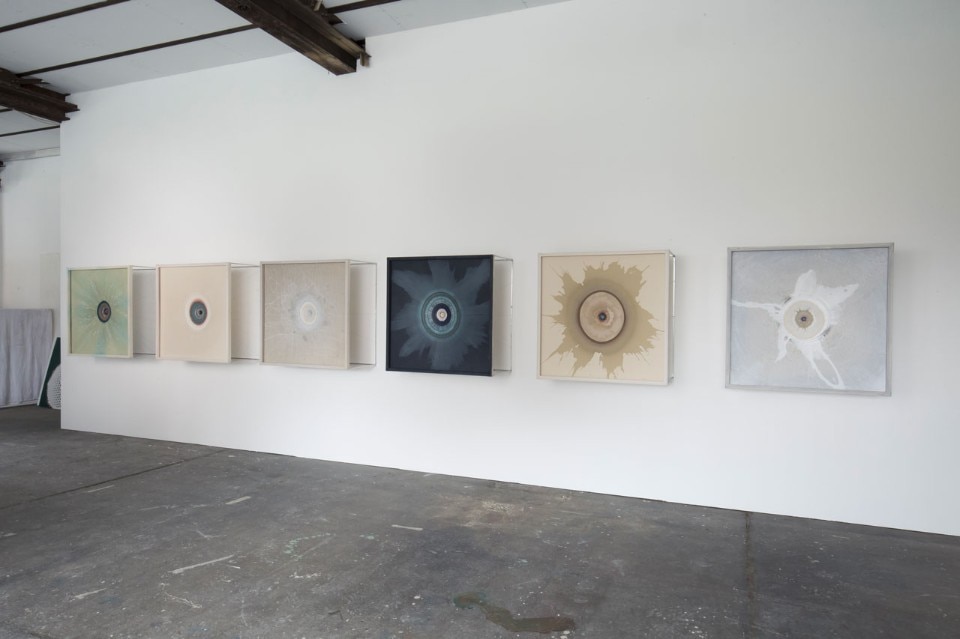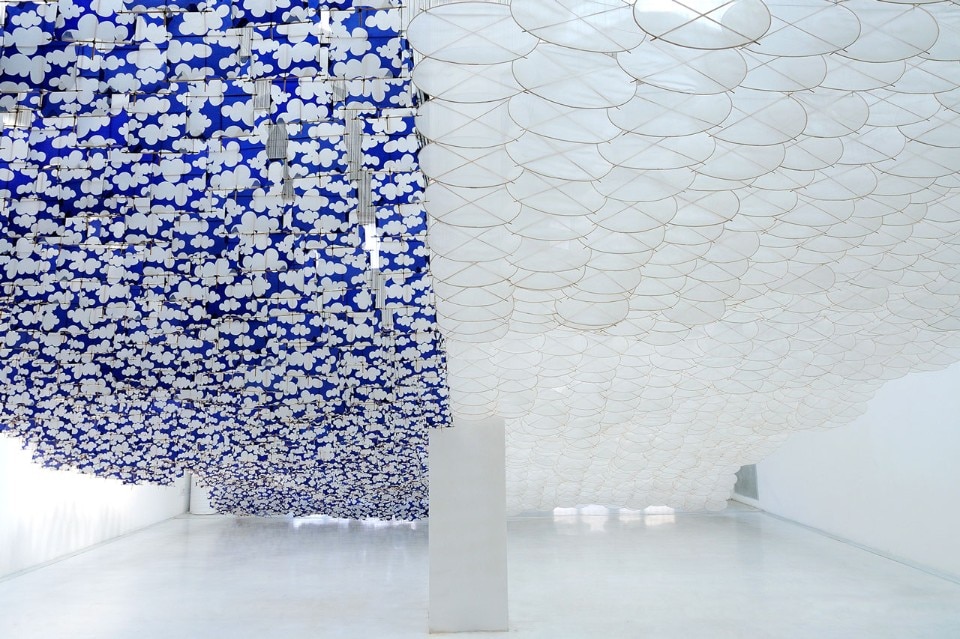
In the midst of these conditions, Hashimoto and Lukas’s work addresses a question of newfound relevance: if art is arguably the interpolation of manmade schema onto nature – humankind’s order upon primordial chaos – then how does art’s meaning mutate, as we realize that the infrastructures, systems, and algorithms all originally designed by humans to bring utopia within reach, are in fact dooming its very viability?
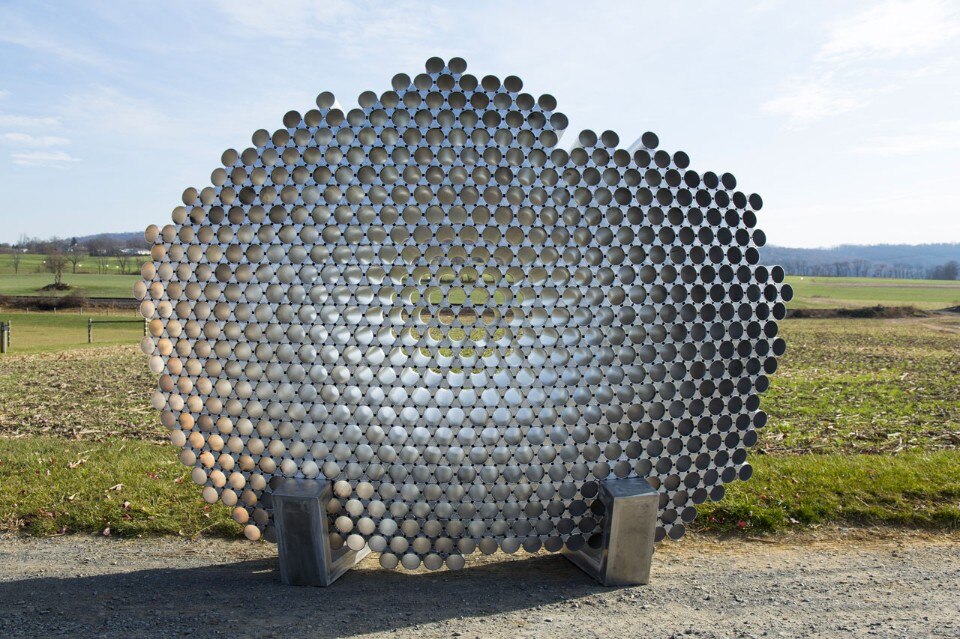
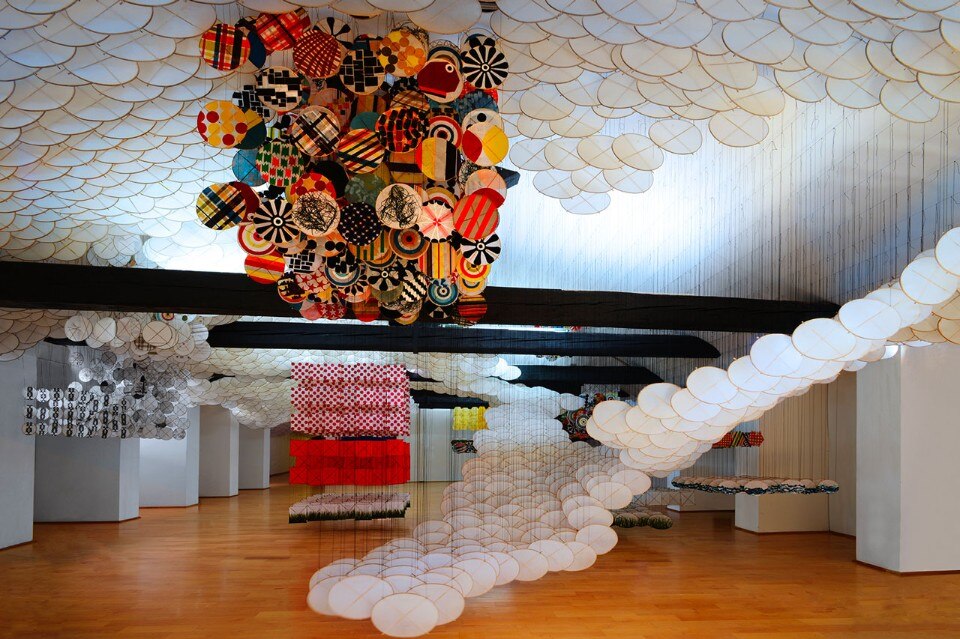
12 May – 30 July 2017
The End of Utopia
Palazzo Flangini
Cannaregio 252, Venice
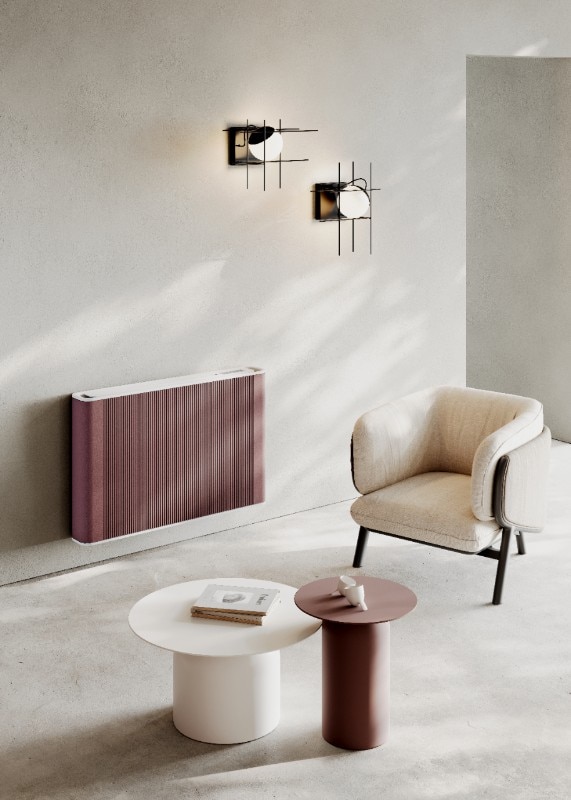
Technology meets aesthetics, with Cordivari
With their rhythmically textured external surfaces, the Run and Seven Lines fan coils become natural elements in the landscape of contemporary interiors.


